Hair Loss: This Postpartum Body Series
Postpartum Alopecia.
Sounds sexy doesn’t it? And it is so sexy, in fact, that I could only find a handful of research on it in my quick literature review. And one of them was from 1963. Fifty-six years ago. Postpartum alopecia is the fancy medical term for when your hair falls out after giving birth. Let’s learn a little bit about why this happens.
Here is the “Postpartum Hair Loss” excerpt from Alterations in Hair Follicle Dynamics in Women (2013):
Most women suffer from telogen effluvium during postpartum [1, 24, 25]. Indeed, during pregnancy, the teloptosis/exogen phase is delayed and the number of shedding hairs is reduced, inducing increased hair fullness. After delivery, the hair cycles become synchronized on the scalp of these women ending in a synchronous telogen-teloptosis process [26]. At that time, hair loss appears abundant but only represents the elimination of the additional hairs that had been maintained in anagen phase and had not been lost during gestation. In the second and third quarters of pregnancy only about 10% of hairs are in telogen. Postpartum hair loss is commonplace and considered as a minor nuisance by women who have previously passed through it. However, it possibly represents a panic condition for these who experience it for the first time.The same process operates following severe febrile conditions. During the first weeks of postpartum, hairs enter telogen in a synchronous wave to reach about 30% in average after nine weeks. This explains the clinical observation that postpartum hair loss is experienced two to four months after childbirth. It usually continues for 6 to 24 weeks but rarely persists up to 15 months. Postpartum hair loss from the scalp is diffuse but is accentuated along the anterior hair line. Virtually the whole hair is replaced after several weeks unless some other process unmasks female pattern alopecia.
So here’s my quick medical translation: During pregnancy the normal cycle of hair growth which includes hair falling out and being replaced by new hair is slowed: the body stops letting the hair shed as it normally does and this leads to that lustrous full head of hair that many women experience in pregnancy. But this brief gain is paid back in full eventually (not unlike the absence of menstruation for nine months to be paid back in four to six weeks of bleeding) and somewhere between two and four months postpartum, the hair gets back into its usual cycle, except at first it sheds a lot of it all at once. This usually happens along the front. After that, the hair growth cycle gets back into the normal swing of things. You won’t be bald forever (unless there is underlying female pattern hair loss due to another issue).
On my wedding day in 2011. I first chopped off my hair in 2005.
In college, I started chopping my long hair off, incrementally more each time. And I ended up with this super rad pixie cut. I loved my short hair. LOVED. And sometimes I would grow it out a little (the mullet stage is the WORST – anyone who has grown out a pixie knows what I mean) but I would always end up loping it back off. But when my husband and I knew we were going to start trying to start a family, I started growing my hair out again. I decided that I wanted to have it long for some vain and some practical reasons. Vanity: I thought that having my hair short while pregnant would make me look round and fat. Practical: I knew in my heart of hearts that I would not be able to get to the salon every 6 weeks. I knew that maybe we would really need that eighty bucks for something more practical. I knew that it would probably just be easier to sweep it up into a ponytail. And I am glad that I grew it out.
When I was pregnant with my first child, and many times since then, I have heard the cautionary whisper: “You are going to want to get a fun new hairstyle right after you give birth, probably going to want to chop off all your hair. Whatever you do, fight the urge. Don’t do it.” And I would see women cutting off their hair and I would quietly cluck like a wise old woman and say to myself: “Oh, look. She did that thing that people are always saying you shouldn’t do. What a shame.”
And then I gave birth. And at about two months postpartum I had an overwhelming urge to chop off all my hair. Like, an urgent urge. But those vague cautions echoed in my mind and I knew that I must not waiver. And I held strong.
As we frantically readied ourselves on the morning of our first son’s baptism, almost four months to the day after his birth, I quickly showered and washed my hair and, because we were running late and rearranging plans due to inclement weather, I just grabbed a brush and a hair tie and resolved to do my hair in the car. I flipped down the visor as I hurriedly pulled my hair back. “Half up and half down will do just fine,” I thought to myself. My eyes flicked up to the mirror and caught, to my horror, a glimpse of my new hairline. “Oh my God!” I gasped as I frantically pawed at my hair, as if I could find those absent hairs hiding somewhere just out of sight. “How long has it been like this?!” I shrieked to my husband. Exasperated by the growing number of unexpected adventures that morning, I pulled my hair back anyway.
And two and half years later, I chuckled quietly to myself as, in the days leading up to our second son’s baptism, I noticed the shower drain choked with fallen hair-oes. Anecdotally, baptisms cause postpartum hair loss in my study with an “n” of one. As I stood in the shower, I pulled my hair through my clenched hand, grabbed the loose hairs and placed them on the shower wall. And I gently pulled and pulled, as I think we all have, and stuck each clump to the damp tile like an entomological display. The hot water ran over my shoulders and back as I stood there, chuckling as I arranged the multitude of strands to my liking. I emerged from the bathroom, still laughing to myself and called to my husband: “Honey, I left something for you in the shower!”
(Not) surprisingly he did not take me up on my invitation to view this stunning private found art installation.
I am extremely proud of this piece. Truly.
Found Art Installation. Medium: Postpartum Hair, Shower Water, Tile from the 1980s, Grout that could use a good clean. Artist: Rachel Teixeira. 2018
About a week before this, I had gone to get a haircut. I know, I was flying in the face of that sage advice that up until this point I had held as new mom canon. I needed so badly to feel fresh and new and, dare I say, pretty. During my consultation, the stylist cautioned me: “You know your hair is probably going to fall out soon, right?” I was so thankful for her awareness around this and it put me at ease that I was dealing with someone who was going to be thoughtful about this inevitable transformation to my hairline. She cut it with that in mind and then gave me some styling tips that might help make it less noticeable; play with the middle part, friends.
Hair loss postpartum is normal. Like, actually physiologically normal. Not all women will experience this. Not all women who experience this will do so to the degree that I did. I mean, that is deeeeep in the gaps. But as you can see in this clever little slideshow, it has filled in at about six months postpartum.
As is my intention with the whole of This Postpartum Body series, I would invite you – you moms and dads and grandparents and friends and family – to pause and marvel at the female body. Be mindful of your thoughts around your pregnant and postpartum body, and the bodies of others. When those thoughts of judgement and shame and failure bubble up, pause. Think. Reflect. Learn. Our bodies – all bodies – function with purpose. There are reasons that our bodies behave the way they do. And a pregnant woman’s body and a postpartum woman’s body are exceptional. Let us hold gentle space for that transformation. Let us hold respectful space of all that those bodies are doing. Let us hold long, wide, deep space for the postpartum body is not transient the way a pregnant body is, not time limited the way a pregnant body is. I do not accept the nine months there, nine months back timeline. Women are birthed anew with each child. There is no going back to who we were before. Not physically. Not emotionally. Not mentally. Not spiritually.
Yes, my hair has grown back (both times), but it has grown back slightly curlier each time. And the little baby hairs at my temple have never grown back quite as long. And there is more silver now. I will never be the woman I was before motherhood. This journey is not circular. There is no going back, no bouncing back. I, like billions of women before me and billions of women to come, have been forged in the fire of motherhood.
Onward.






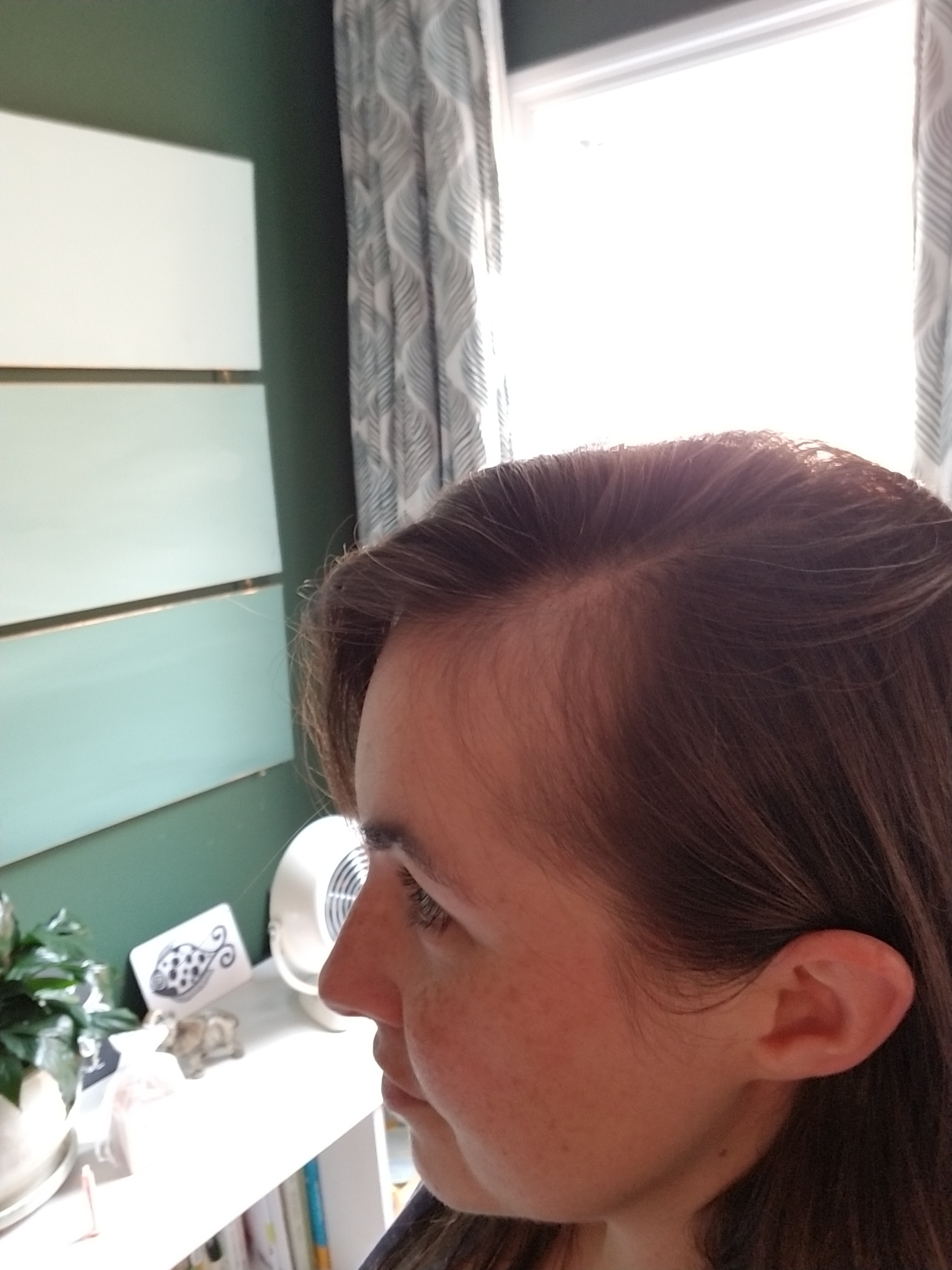
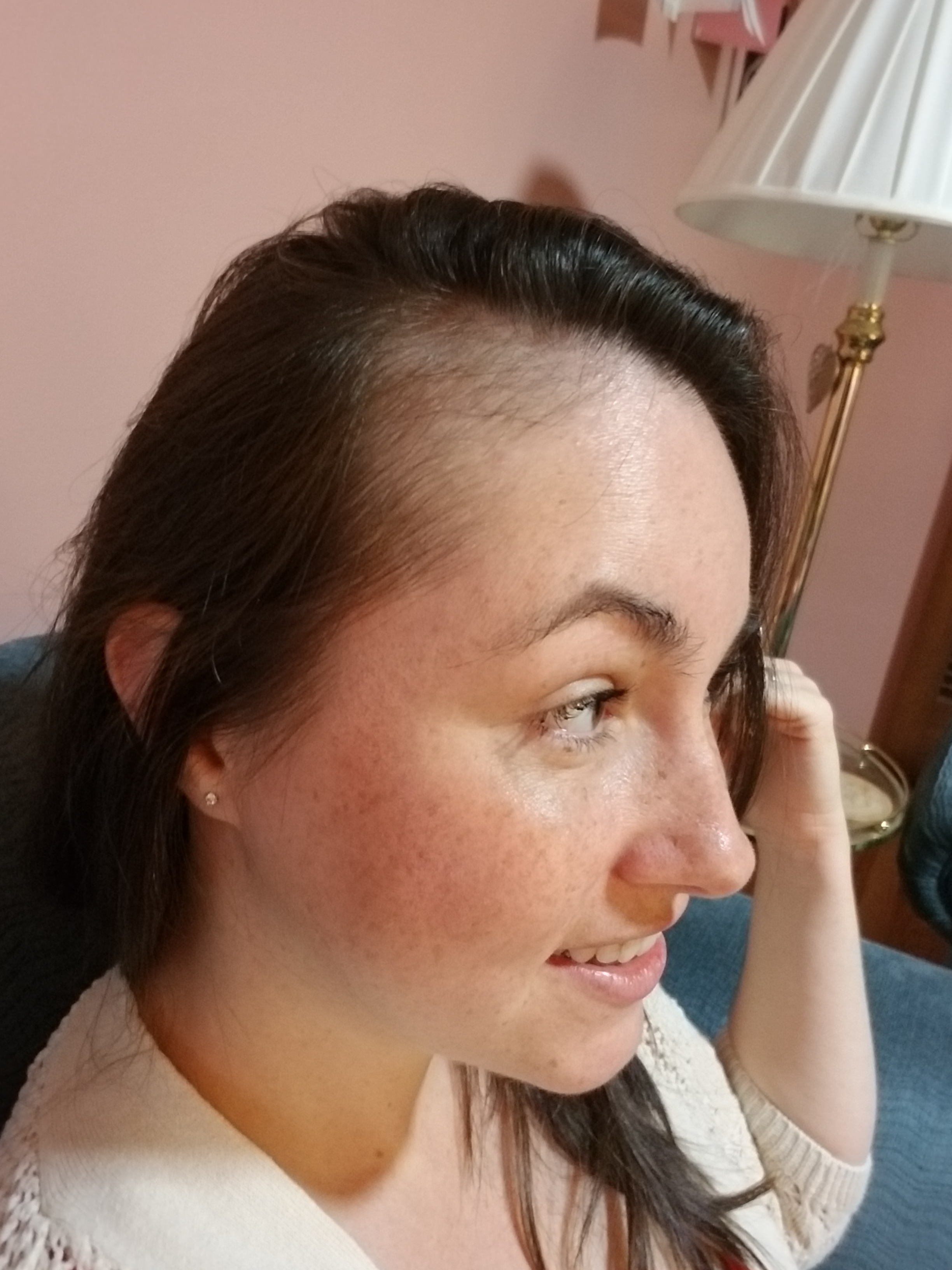
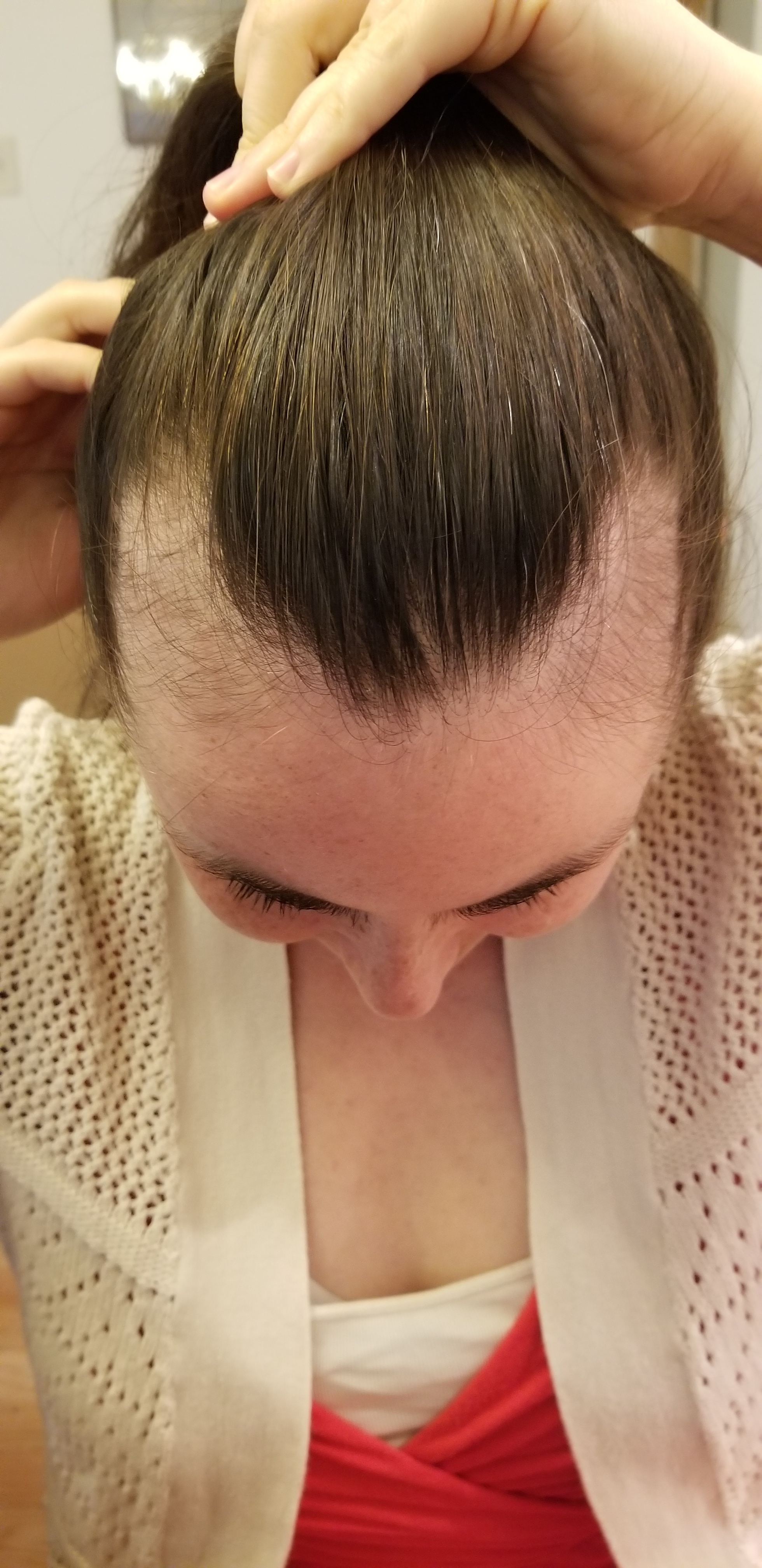
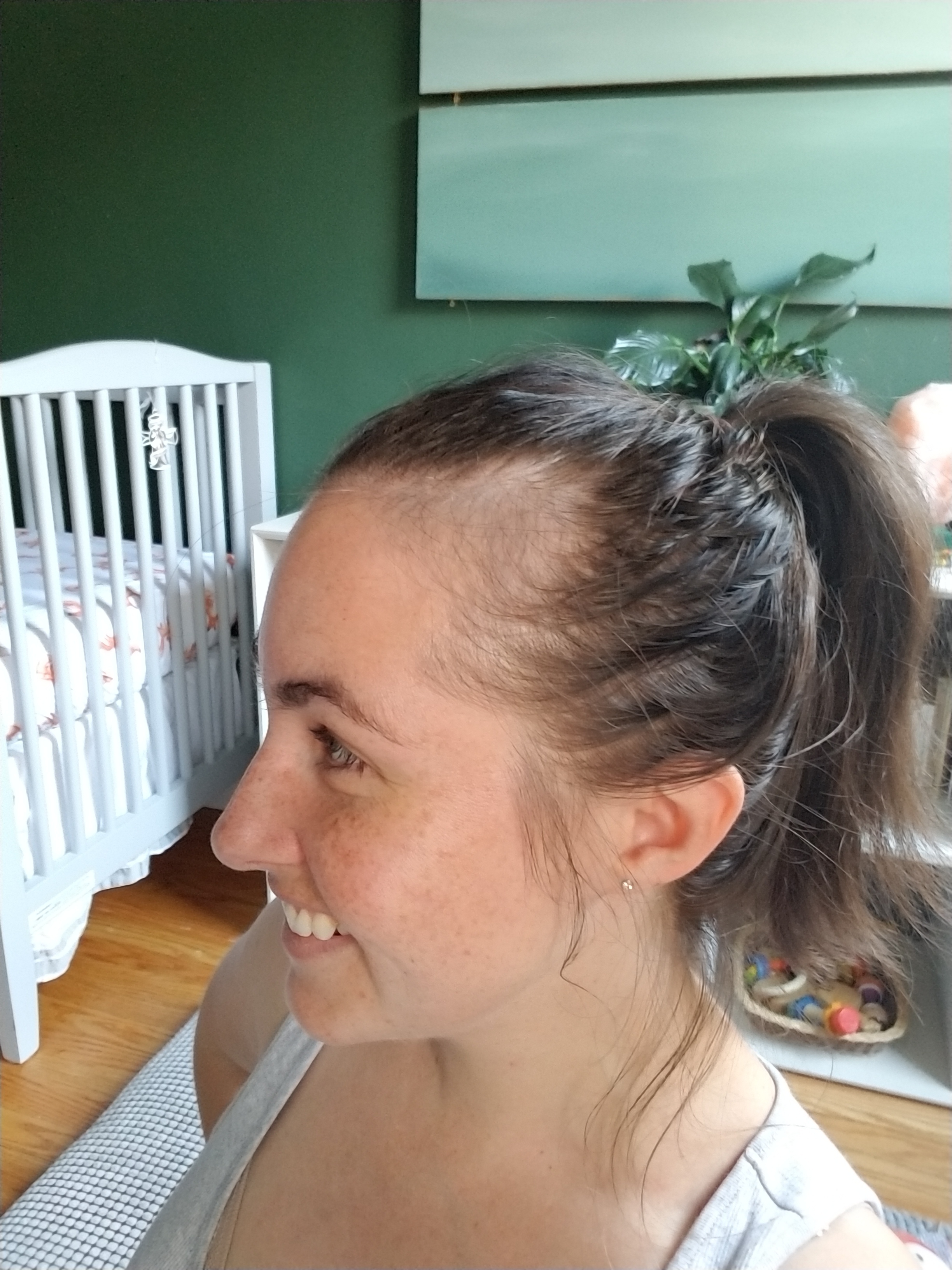
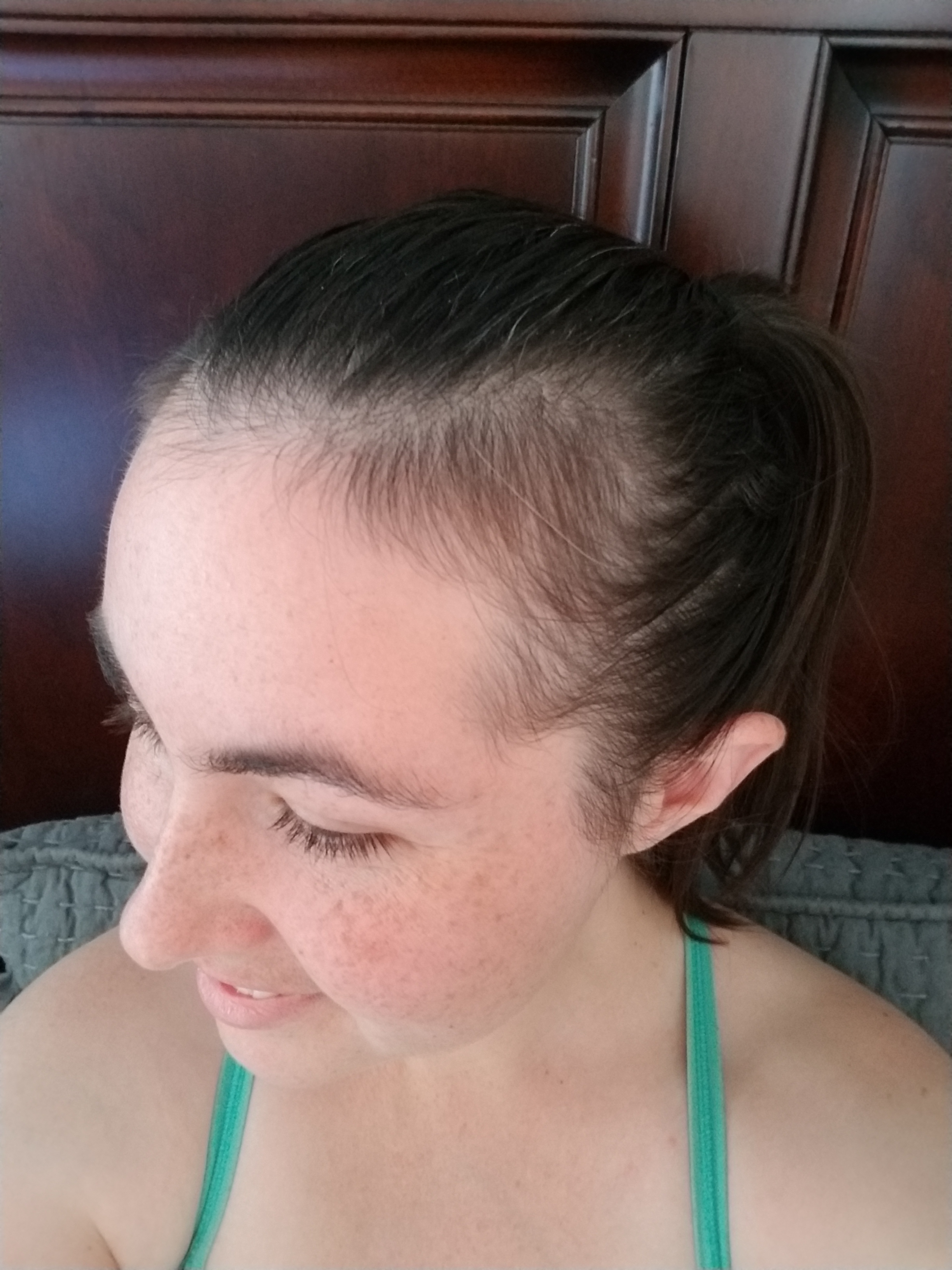
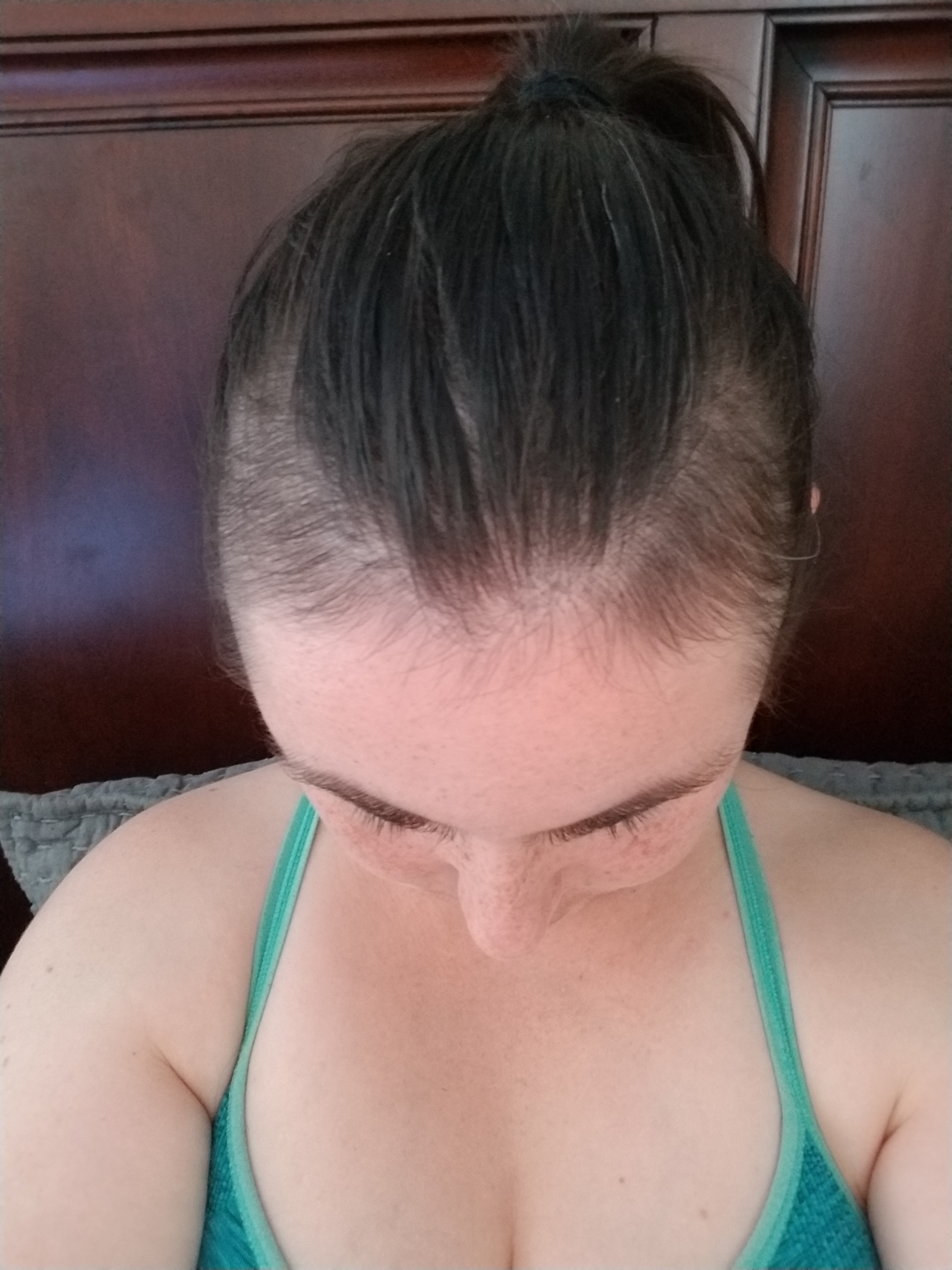
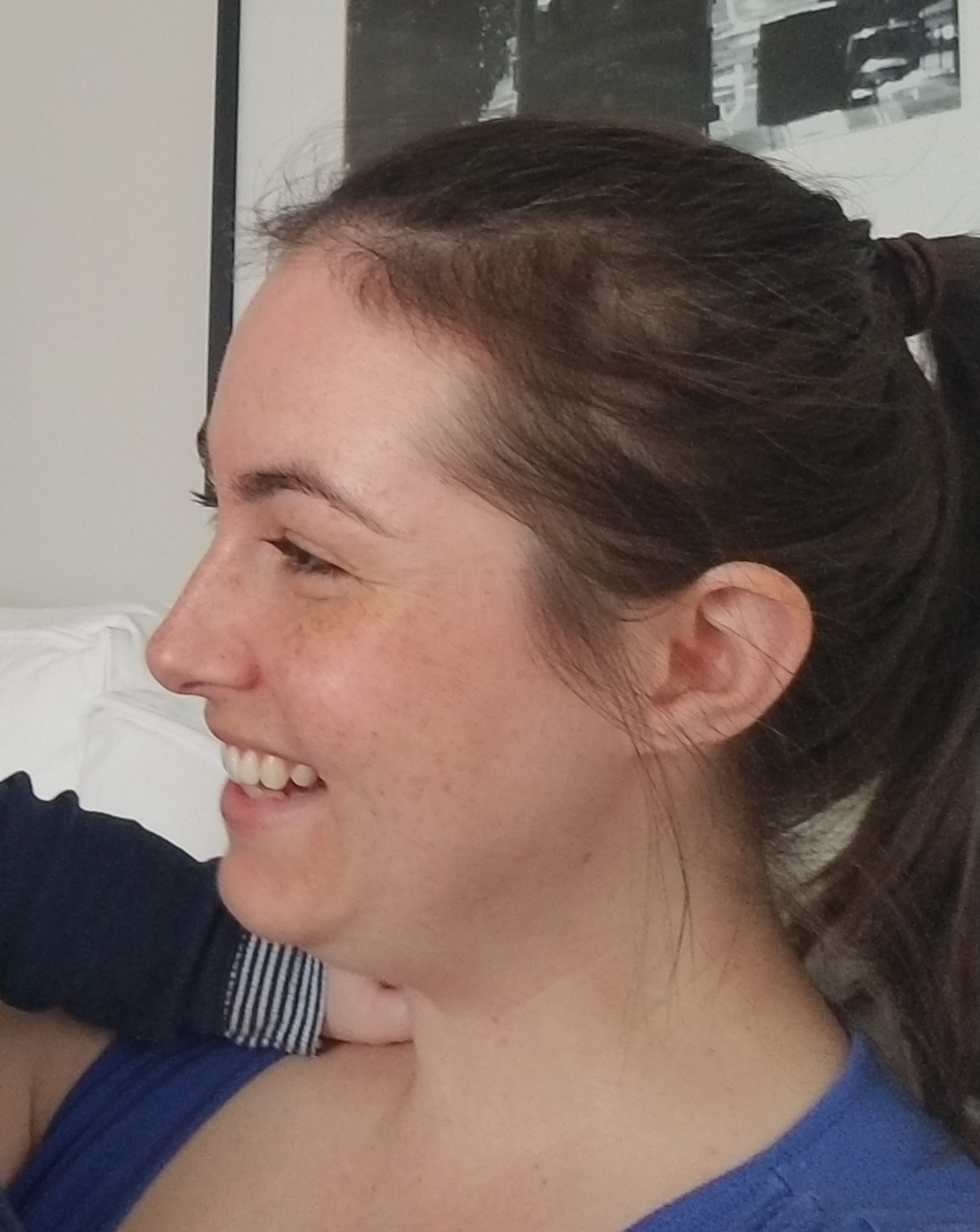

![Taking a [Yellow] Page From History: Amanda's Story](https://images.squarespace-cdn.com/content/v1/5bd92131e2ccd13cc86e230f/1557004290327-CAUWX7UGJQYOI9IF9O1R/amanda%2B2.jpg)


